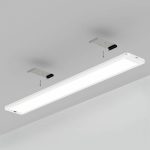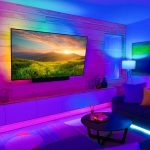Reading Made Easy: Discover the Best LED Light Color for Optimal Reading Experience
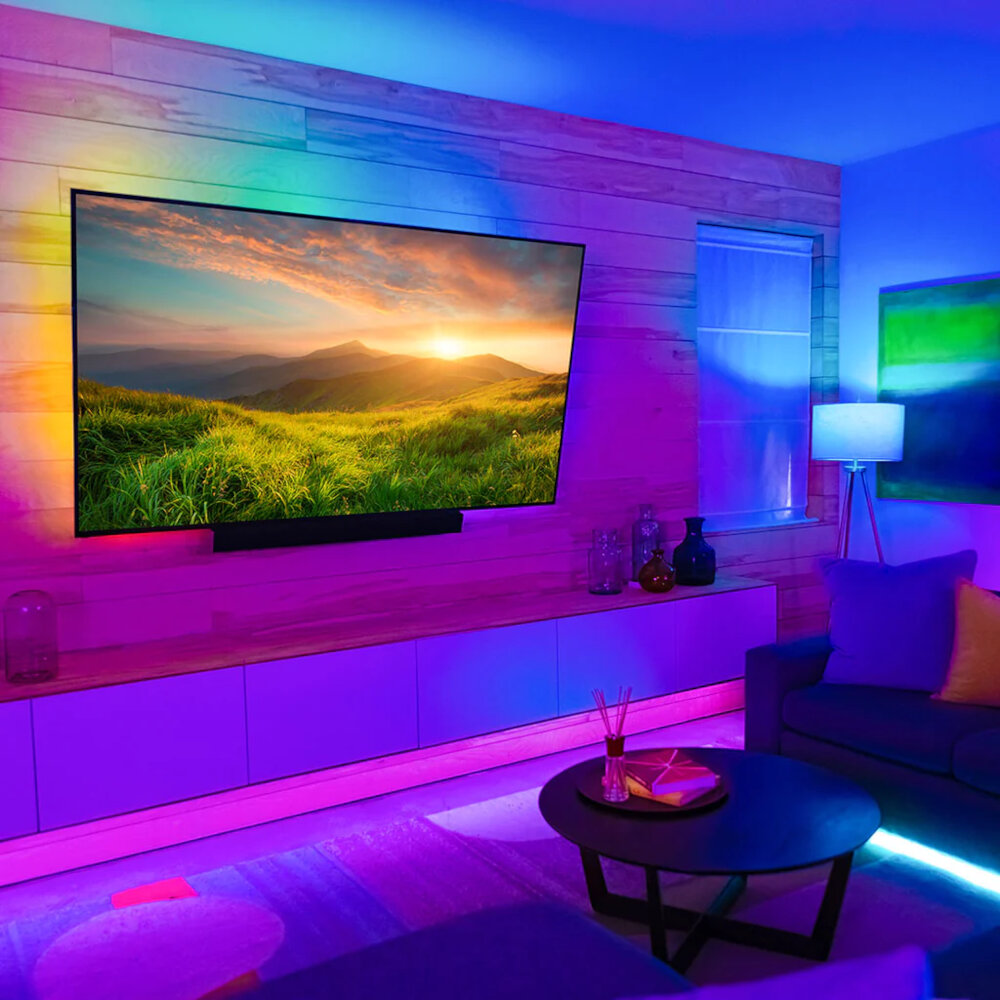
Reading is an essential part of our daily lives, whether it be for education, work, or leisure. However, prolonged reading can cause eye strain, headaches, and fatigue. One solution to this problem is choosing the right LED light color for optimal reading experience. LED lights are becoming increasingly popular due to their energy efficiency and long lifespan. By selecting the appropriate LED light color, you can make reading more comfortable and enjoyable while minimizing eye strain and fatigue. Choosing the right LED light color for reading is crucial to create a comfortable and relaxing environment. The color temperature of the LED bulb can significantly impact the reading experience. A warm white LED light, with a color temperature of around 2700K, creates a cozy and calming atmosphere, making it an excellent choice for reading before bedtime. On the other hand, a cool white LED light, with a color temperature of around 4000K, provides a brighter and more energizing ambiance, making it ideal for reading during the day or in well-lit rooms. In this article, we will explore the best LED light colors for different reading environments and help you find the perfect lighting solution for your reading needs.
Lighting plays a crucial role in reading as it greatly affects the visual comfort and reading speed of the reader. Proper lighting can reduce eye strain and fatigue, thus enhancing the overall reading experience. The right LED light color is crucial for optimal reading experience as it influences the readability of the text, the contrast between the text and the background, and the level of glare. A warm light with a yellowish tint is recommended for reading as it creates a relaxed and comfortable atmosphere, reduces eye strain, and improves text clarity. On the other hand, cool white light with a bluish tint creates a stimulating and energizing environment, which is not suitable for reading before bedtime. By choosing the right LED light color for reading, one can improve their reading habits and maximize their reading productivity.
The article \Reading Made Easy: Discover the Best LED Light Color for Optimal Reading Experience\ provides an in-depth analysis of the impact of different LED light colors on the reading experience. The article explains how light color temperature and brightness can affect the reader’s eyesight and overall reading experience. It offers valuable insights into how different light colors can improve or hinder reading comprehension and reduce eye strain. The article also provides practical tips to optimize the reading experience, such as using blue or cool white light for reading during the day and warm white light for night-time reading. Overall, the article is a useful guide for anyone looking to improve their reading experience by using the right LED light color.
The Science Behind Light and Reading

Light is a crucial factor when it comes to reading. The way in which we perceive text and information is heavily influenced by the lighting present in our environment. The science behind light and reading is complex, but it ultimately boils down to the way our brains interpret visual stimuli. Our brains require a certain level of illumination to process information, and this is especially true when it comes to reading. This is why it is important to find the right LED light color for optimal reading experience. The color temperature of light is measured in Kelvin (K). When it comes to reading, a color temperature of around 4000K is recommended. This color temperature is considered to be a neutral white light, which closely mimics natural daylight. Natural daylight is ideal for reading, as it provides a bright, clear light that enables us to process information easily. The blue light emitted by LED lights can also impact our ability to read. Blue light can cause eye strain and fatigue, which can make it difficult to read for extended periods of time. By choosing an LED light with a lower blue light output, we can reduce the strain on our eyes and improve our reading experience.
There are various types of light, including natural light, incandescent light, fluorescent light, and LED light, and each has a different effect on our eyes and brain. Natural light is the most beneficial as it provides a full spectrum of colors that stimulate our brain and help regulate our circadian rhythm. Incandescent light emits a warm, yellowish glow and is easy on the eyes, while fluorescent light can cause eye strain and headaches due to its flickering. Finally, LED light is energy-efficient and provides a bright, cool white light that is great for reading. However, using LED light with a high color temperature for prolonged periods can cause eye strain and disrupt sleep patterns. Therefore, it is important to choose the right type of light for the task at hand and to be mindful of the duration and intensity of exposure.
Choosing the right color temperature for reading can significantly enhance the reading experience by reducing eye strain and improving concentration. The ideal color temperature for reading is generally considered to be around 4000K to 5000K, which is a neutral white light that mimics natural daylight. This color temperature provides a balanced level of brightness and warmth that is gentle on the eyes, making it easier to focus on the text for extended periods without experiencing fatigue. Additionally, a color temperature in this range can help reduce headaches and migraines that can be triggered by harsh or overly bright lighting. By selecting the optimal color temperature for reading, you can create a comfortable and enjoyable environment that promotes relaxation and enhances your ability to absorb information.
The Best LED Light Colors for Reading
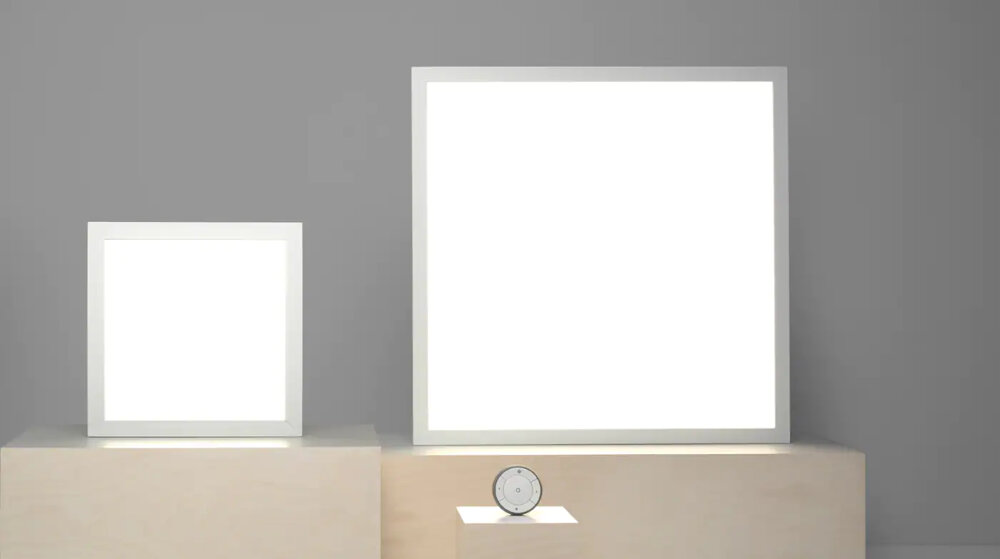
When it comes to reading, lighting plays a significant role in creating an optimal reading experience. The right type of lighting can not only prevent eye strain but also enhance the overall reading experience. LED lights are becoming increasingly popular for reading, as they are energy-efficient and provide a bright, clear light. However, not all LED light colors are created equal. The best LED light colors for reading are those that provide a warm, yellowish light, such as soft white and warm white. These colors mimic the natural warm light of the sun and are less harsh on the eyes. Additionally, these colors have been found to stimulate relaxation and create a cozy atmosphere, making it easier to focus on reading. On the other hand, LED lights with a cool, bluish-white color temperature, such as daylight and cool white, can be too harsh for reading. These colors are typically used in offices and workspaces, as they are brighter and more stimulating. However, when it comes to reading, they can cause eye strain and fatigue, making it difficult to focus on the text. It’s important to choose the right LED light color for reading to ensure a comfortable and enjoyable experience. By opting for warm, yellowish LED lights, you can create the perfect reading environment and immerse yourself in your favorite books.
LED lights come in a variety of colors, each with its own unique impact on reading. Warm white LED lights, for example, emit a soft yellowish glow that is soothing to the eyes, making them ideal for reading in the evening or before bed. Cool white LED lights, on the other hand, emit a bright bluish-white light that mimics natural daylight, making them great for reading during the day or in well-lit rooms. However, it’s important to note that too much exposure to cool white lights can cause eye strain and fatigue. For those who prefer a more natural light, daylight LED lights offer a balanced color temperature that closely resembles natural sunlight, making them great for reading for extended periods of time without causing strain on the eyes. Ultimately, the best LED light color for reading will depend on personal preference and the lighting environment.
Colors are known to affect our mood, behavior, and overall well-being. When it comes to LED light colors, each color has its own set of benefits and drawbacks. For instance, warm white LED lights emit a cozy, inviting glow that can help create a relaxing atmosphere, making it an ideal choice for bedtime reading. However, it may not provide adequate illumination for reading, especially for those with poor eyesight. On the other hand, cool white LED lights offer a bright, crisp illumination that can help improve concentration and focus, making it ideal for reading and studying. However, it can also cause eye strain and headaches if used for extended periods. Ultimately, choosing the right LED light color for reading depends on personal preference and the individual’s needs.
Tips for Choosing the Right LED Light Color for Reading
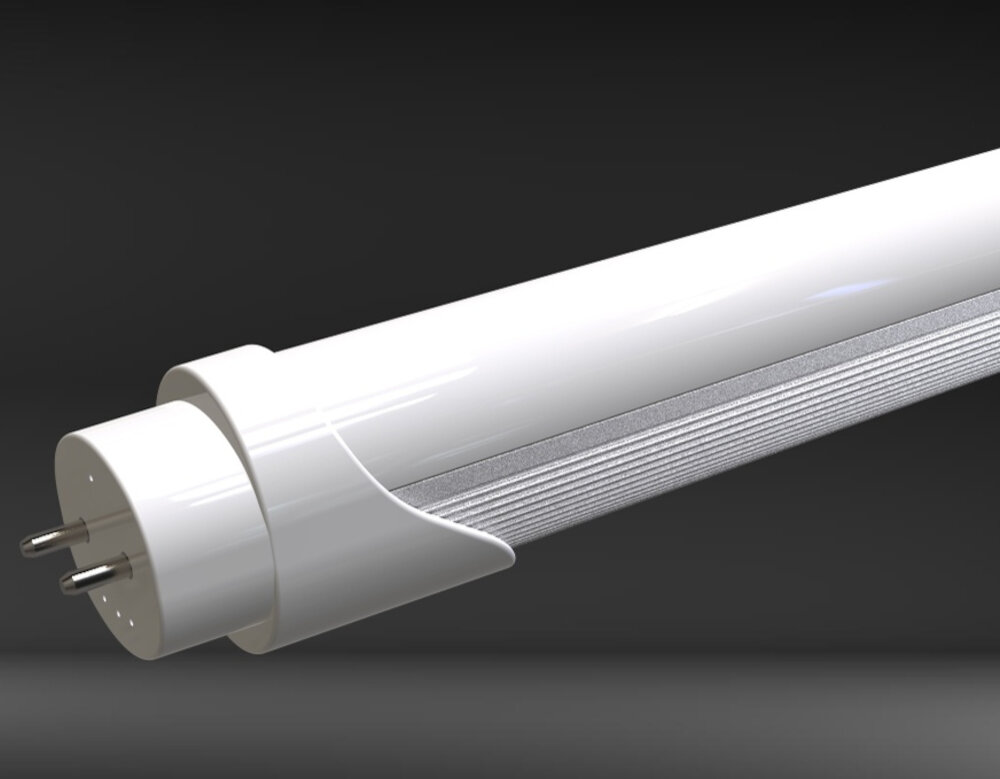
Choosing the right LED light color for reading can make all the difference in your reading experience. The right color temperature can help reduce eye strain, prevent headaches, and enhance your overall comfort while reading. The first thing to consider when choosing an LED light color for reading is the color temperature. The color temperature is measured in Kelvin (K) and can range from warm to cool. Warm colors have a lower Kelvin temperature, typically between 2000K to 3500K, and produce a yellowish or orange light. Cool colors have a higher Kelvin temperature, usually between 5000K to 6500K, and produce a bluish or white light. For optimal reading experience, it’s recommended to choose a cool color temperature between 5000K to 6500K. This color temperature is similar to natural daylight and can help keep you alert and focused while reading. Another factor to consider when selecting an LED light color for reading is the brightness level. The brightness of your LED light can impact your reading experience by influencing your ability to focus and concentrate. It’s best to choose a brightness level that is bright enough to read comfortably but not so bright that it causes eye strain or discomfort. A brightness level between 300 and 500 lumens is recommended for reading. Additionally, it’s important to choose an LED light with a high color rendering index (CRI). The CRI measures how accurately the light source displays colors compared to natural daylight. A high CRI means that the colors appear more natural and vibrant, which can enhance your reading experience by making the text easier to read and the images more vivid. By considering these factors when selecting an LED light color for reading, you can create an optimal reading environment that enhances your comfort, concentration, and overall reading experience.
When selecting LED lights for reading, one must consider several factors to ensure a comfortable and optimal reading experience. The color temperature of the light is crucial, with warmer tones being more relaxing for the eyes and cooler ones being more stimulating. Additionally, the brightness level should be adjustable to avoid eye strain and fatigue. The light’s direction and angle should also be adjustable to reduce glare and shadows. The color rendering index (CRI) of the light is another important consideration, as it affects how accurately colors are represented. Other factors to consider include the size and design of the light, energy efficiency, and durability. By taking these factors into account, readers can choose the LED light that best suits their needs and enhances their reading experience.
Choosing the right LED light color for reading could make a significant difference in the reading experience. The best LED light color for reading is the one that provides a bright and comfortable environment without causing eye strain or fatigue. According to studies, warm white LED lights with a color temperature of around 2700K to 3000K are the best for reading. These lights are soft and dim, making it easy to concentrate on the text without causing any discomfort to the eyes. Additionally, it is recommended to avoid blue light LED bulbs as they can cause disruption in the circadian rhythm and affect sleep patterns. Therefore, the best LED light color for reading is warm white, providing a cozy and calming environment that can help enhance focus and concentration during reading.
Lighting plays a crucial role in reading as it directly affects our visual comfort and prevents eye strain. Proper lighting can significantly enhance our reading experience by reducing eye fatigue, eye irritation, and headaches. It is essential to choose the right color temperature and brightness of the LED light as it affects our circadian rhythm, which is responsible for regulating our sleep-wake cycle. Warm white light (2700K-3000K) is suitable for reading in the evening as it helps in relaxation, whereas cool white light (4000K-5000K) is ideal for daytime reading as it stimulates alertness and concentration. Moreover, it is essential to avoid glare and shadows by positioning the light source correctly. Therefore, choosing the right LED light color and placement is vital for enjoying an optimal reading experience without any discomfort or strain on our eyes.
After exploring the various LED light colors and their effects on reading, it can be concluded that warm white light is the best choice for an optimal reading experience. This is because it provides a soft and relaxing ambiance that is easy on the eyes, thereby reducing eye strain and fatigue. It also enhances the contrast of black text on white paper, making it easier to read for an extended period. However, it is important to note that personal preferences and individual needs can vary, and experimenting with different light colors may be necessary to find the perfect fit. Ultimately, selecting the right LED light color can greatly improve the reading experience, making it more enjoyable and comfortable.
Conclusion
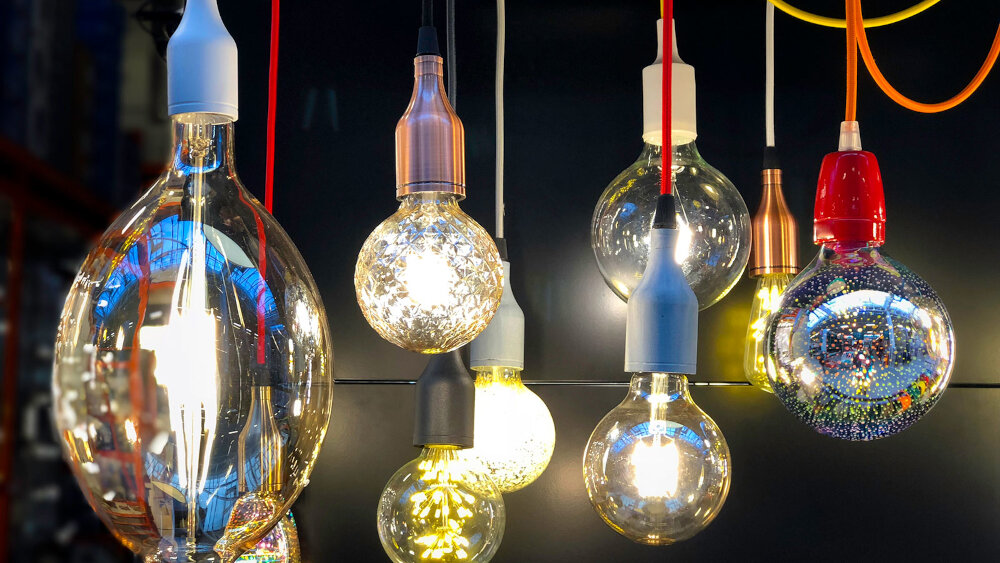
In conclusion, choosing the right LED light color can significantly enhance the reading experience by reducing eye strain and fatigue. While warm white light may be suitable for casual reading, cool white light is more effective for extended periods of reading. Additionally, blue light filters can further mitigate the negative effects of artificial light on our eyes. As we spend increasing amounts of time reading on screens, it is important to prioritize our eye health and consider the impact of light on our reading experience. By making informed choices and investing in quality lighting, we can make reading a comfortable and enjoyable activity for years to come.

